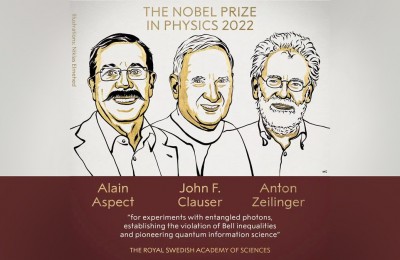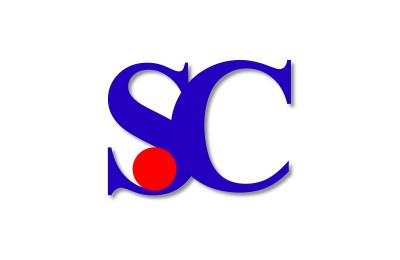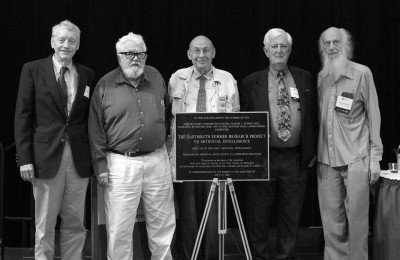SOComputing Published 2020-11-02 23:47:09
Polaritons with a twist
The ability to design and fabricate optical systems with tunable topological features makes them especially attractive for developing analogs of topological condensed matter systems, which by themselves tend to be fixed or limited in their tunability. Liu et al. now show that the combination of a two-dimensional material with a photonic crystal can be used to develop an analogous quantum spin Hall system. The strong coupling between the monolayer tungsten disulfide excitons with a nontrivial hexagonal photonic crystal gives rise to helical topological polaritons observed at up to 200 kelvin. The topological polaritons can be actively tuned by temperature and may further be manipulated with electric or magnetic fields, thereby providing a flexible platform with which to explore exotic topological phenomena and new phases of quantum matter.
Abstract
Topological photonics in strongly coupled light-matter systems offer the possibility for fabricating tunable optical devices that are robust against disorder and defects. Topological polaritons, i.e., hybrid exciton-photon quasiparticles, have been proposed to demonstrate scatter-free chiral propagation, but their experimental realization to date has been at deep cryogenic temperatures and under strong magnetic fields. We demonstrate helical topological polaritons up to 200 kelvin without external magnetic field in monolayer WS2 excitons coupled to a nontrivial photonic crystal protected by pseudo time-reversal symmetry. The helical nature of the topological polaritons, where polaritons with opposite helicities are transported to opposite directions, is verified. Topological helical polaritons provide a platform for developing robust and tunable polaritonic spintronic devices for classical and quantum information-processing applications.
https://science.sciencemag.org/content/370/6516/600.full
Wenjing Liu1, Zhurun Ji1, Yuhui Wang1, VGaurav Modi1, Minsoo Hwang1, Biyuan Zheng2, Volker J. Sorger3
Science 30 Oct 2020:
Vol. 370, Issue 6516, pp. 600-604
DOI: 10.1126/science.abc4975




